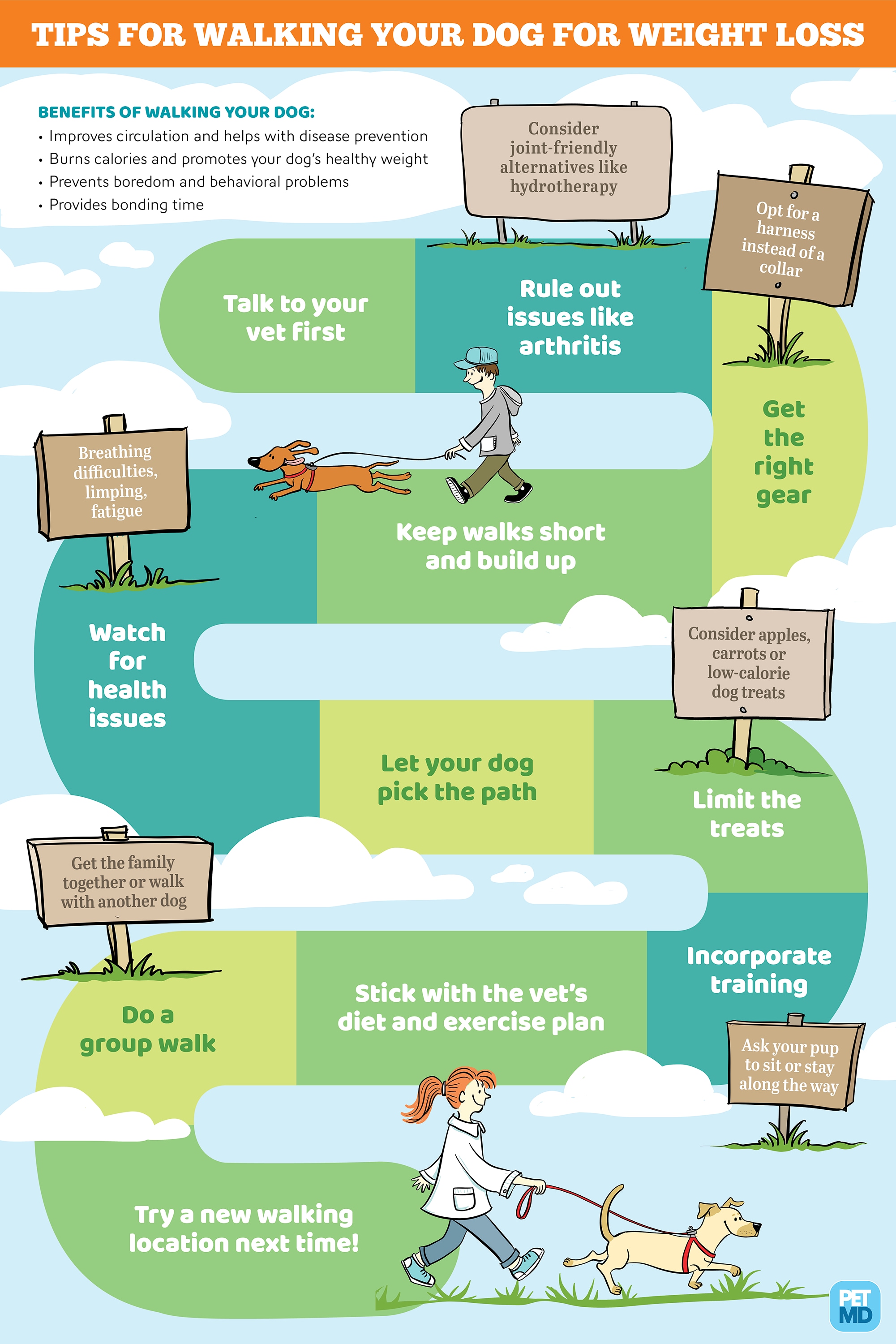What To Expect During Cold Laser Therapy Session
What To Expect During Cold Laser Therapy Session
Blog Article
What to Anticipate Throughout a Cold Laser Method Session
Cold laser therapy is a non-invasive, pain-free treatment that helps in reducing swelling and improves cell regrowth. It is a safe alternative to intrusive treatments and commonly has immediate outcomes.
Laser photons initiate a chain reaction of chemical reactions within the cell that reduce discomfort, swelling, and increase healing. It raises blood flow to the area by generating vasodilation.
What to Anticipate
Cold laser therapy is a non-invasive treatment that utilizes low-level laser light to penetrate deep right into damaged cells, setting off cell function on numerous levels to promote cells healing. This helps reduce discomfort and swelling, while promoting muscle contractions and regrowth.
Throughout a session, you'll rest or rest easily and the specialist will certainly note the locations on your body that need to be treated. The professional then applies a tiny portable device with the laser to the location. During the therapy, you may really feel a minor tingling or heat in the area of your injury.
Prior to beginning treatment, it's important to cleanse the area of your injury and get rid of any type of jewelry or various other things that might obstruct of the laser's course. It's also important to avoid any type of combustible materials that could be in the location of the laser light beam. This will ensure your security and the performance of the treatment.
Prep work
Cold laser treatment works by shining light externally of your skin. The light is soaked up by the leading layer of your skin and then promotes the cells to create power that promotes recovery.
During the therapy, you might feel a warm or tingling feeling in the location that is being dealt with. This is entirely regular, though you need to allow the specialist recognize if the sensation is uncomfortable or also solid.
This treatment has a lot of pledge for aiding people with traumatic brain injury (TBI). The therapy is non-invasive and does not have any kind of negative side effects. Nonetheless, more study is needed to figure out the optimum therapy protocol. The very best means to learn if you are a candidate for this sort of therapy is to seek advice from a qualified physical therapist. They will certainly have the ability to help you identify if cold laser treatment is right for you.
The Treatment
When the specialist has appropriately positioned you for treatment, they will then put the cold laser device on the injured area. They may keep it on for 30 secs or longer, relying on the laser treatment for smoking cessation near me dimension of the injury and its level of sensitivity. They will certainly utilize safety goggles to guarantee that the laser does not directly hit the eyes, and they will certainly make sure that you are protected from any glow that can take place.
You might really feel a mild prickling experience on the location that is being treated, but it will not be undesirable or unpleasant. This is a sign that the laser is working to boost the recovery procedure in the influenced cells.
The majority of people experience discomfort alleviation within a couple of sessions, with some seeing long-term outcomes even after several months of treatments. It is essential to keep in mind that LLLT is not meant as a sole treatment for any kind of persistent discomfort problem and it must be coupled with various other healing strategies in order to accomplish maximum results.
Post-Treatment
After you relax or rest, the professional will use a wand with a collection of light-emitting diodes to target your discomfort site. You will put on safety eye goggles, and the laser might be held on your skin for 30 to 60 seconds. You might really feel a mild, relaxing sensation throughout the therapy.
The photons from the laser permeate deep into your cells, setting off a healing action on a cellular degree. Unlike various other forms of laser therapy, this low-intensity technique does not create warmth.
Some research studies have revealed that cool laser therapy is effective in dealing with a number of conditions, including persistent pain and injuries. Nevertheless, it is less extensively approved as a common medical technique, and it isn't covered by lots of health insurance plans. In addition, it is not suggested to be used over any suspicious malignant lesions or cancers or on expectant females. You must always seek advice from your oncologist before seeking this form of therapy.